Actual Problems of Engineering Mechanics: Materials Science and Technologies
Fiber-reinforced concretes are varieties of composite materials. Such materials are commonly used nowadays. Concrete is fiber-reinforced using various fibrous materials, or fibers, which are evenly distributed over the volume of the concrete matrix and simultaneously provide its 3D reinforcement. Fiber-reinforced concrete has better stress-related strength characteristics than ordinary concrete. Since building structures must meet both the strength, rigidity and stability requirements, and the fire safety requirements, then for the extensive use of fiber-reinforced concrete structures, not only the external load design, but also temperature effect design should be conducted in the design phase. The strength and strain characteristics of fiber concrete exposed to high temperatures must be known for this purpose. In view of this, three series of prisms were manufactured and tested: the first series contained no fiber at all (control prisms), the second series contained basalt fiber, and the third series contained steel fiber. The test results showed that adding fibers improves the mechanical characteristics of fiber-reinforced concrete samples under specified conditions.
{{comment.content}}
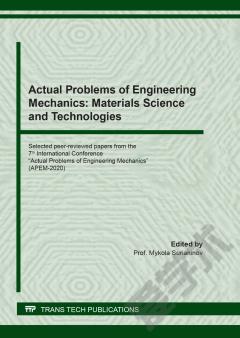
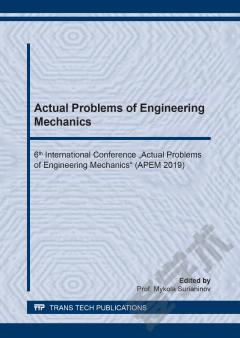

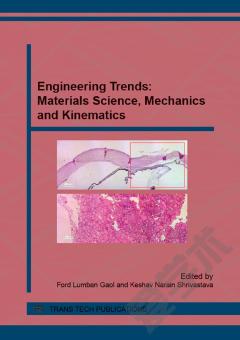
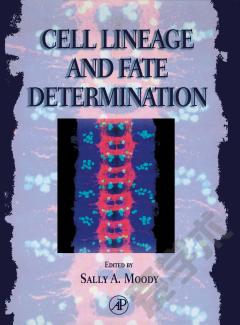

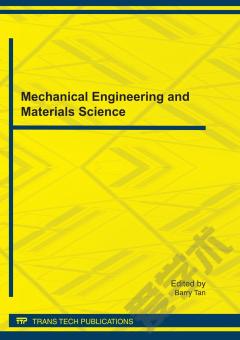

 京公网安备 11010802027623号
京公网安备 11010802027623号